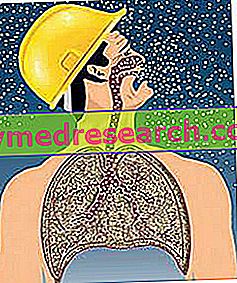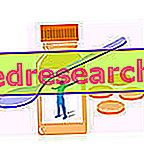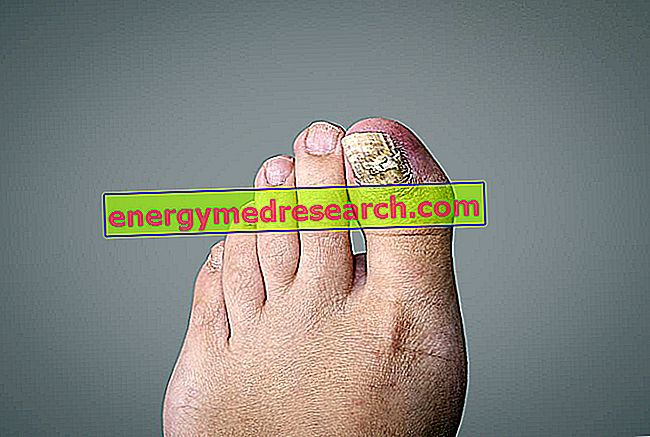By Fabrizio Felici
The data provided by Istat on the aging of the Italian population, show with a projection to 2020, as the percentage of people over 65 from the current 18%, almost 10 million, will increase to 23% of the Italian population.
The aging process still has many dark sides and there are many theories that try to give a scientific explanation to this process. For some genetic experts aging is a genetically predetermined process; for others aging is caused by DNA duplication errors, which increase exponentially over time. Other scholars, on the other hand, believe that the aging process is linked to the responsiveness and efficiency of the immune system. With the passage of time it has also been noticed how people age differently, arriving to determine the concept of biological age and chronological age (registry). Based on this concept, two types of aging can be distinguished:

- Natural aging, due to gradual and physiological changes that progressively reduce the ability of the elderly to adapt (in this case, biological age and age are the same)
- Early aging, due to genetic factors, unfavorable living conditions, strenuous work, food errors, alcohol abuse, etc. (in this case the biological age exceeds the chronological age)
Despite the theses on the causes of aging are still discordant, certain physiological changes are certain, first of all the cerebral one. The brain, which reaches in man its maximum volume and weight around 25 years, regresses more or less quickly with advancing age, up to 10% of its initial volume. This reduction leads in parallel to a degeneration with consequent thinning of the brain neurons.
Histological examinations have highlighted this degeneration to a set of involutive actions recognized as: decrease in brain weight and volume, variation of neurons, loss of dendrites, increase in furrows and ventricles, presence of senile plaques, amyloid deposition, alterations capillaries, presence of neurofibrillary degeneration. The inability of the brain to support the activity of neurotransmission produces a series of negative repercussions on the organism. Neurotransmission is lowered simultaneously with the electrical activity of the brain. An aspect closely linked to the reduction of neuronal transmission is the decrease in muscle strength. Aging highlights this characteristic, mainly due to the hypotonicity of the muscles with consequent postural, articular and consistency problems of the bone matrix. The respiratory system is also affected by muscle hypotonia due to less thoracic expansion with consequent reduction in respiratory volume, to the detriment of all tissues that require oxygen for their metabolic activity.
Now let's analyze the very important parameters in physical activity such as strength, power and speed.
Grimby and Saltin showed that muscle strength, both static and dynamic, decreases slightly up to 45 years and from this period onwards decreases by 5% for each decade so that, at 65, the reduction in strength is approximately 25%. The main cause of muscle decay in the elderly was determined by a reduction in quantitative and not qualitative muscle mass. Other scholars have confirmed this theory by analyzing the number of fibers of the vastus lateralis in corpses. They showed that in the course of life, from 20 to 80 years, there is a reduction of the muscular area by 40%.
As for speed, in 1990 Klitgaard and co-workers showed a greater speed of movement in elderly people who practiced regular strength training with weights compared to sedentary subjects of the same age and compared to elderly swimmers and runners. The authors related this reduction in speed to the differences in the distribution of various types of fibers and to the composition of myosin heavy chains. A higher myosin and slow tropomyosin content was observed in a group of elderly non-physical exercise users, swimmers and runners compared to those who had performed strength training. This cross-sectional study shows how regular strength training, during aging, can contribute to maintaining the morpho-functional characteristics of fast muscle fibers.
In 1992 Skelton and collaborators showed that over a period of time ranging from 65 to 84 years, in both men and women, there is a decline in power of about 3.5% for each year of age. The same authors in a more recent study showed that after 12 weeks of training there was an average increase of 13-30% in the isometric force of the quadriceps, the biceps femoris and the power of the lower limbs. The decrease in power is more evident after the age of 50 and affects men more than women: this is not due to variations in ATP or the cross-section of the muscle, but rather to the alteration of other functions such as maximum recruitment of motor units and the degeneration of alpha-motor neurons.
The benefits derived from a constant physical activity in the third age improve a series of organs and physiological functions, especially those of the locomotor, cardiocirculatory, respiratory and nervous systems. Let's analyze these benefits more specifically:
Locomotor apparatus
Bones: greater resistance due to increased mineralization and greater thickness development. This process is favored by the tractions exercised during the movements, which positively influence the relationship between osteocytes and osteoblasts;
Muscles: it increases both tone and muscle mass, with consequent improvement in muscular strength and also in cascade of speed and resistance;
Joints: training generally produces positive effects, making the movement more fluid and functional. This effect has a positive impact on the coordination and control of movements.
Cardiovascular system
Positive effects were recorded regarding the increase in stroke volume, the increase in cardiac output, the increase in cardiac and muscular capillaries, the reduction in resting heart rate and the reduction in recovery time after exertion.
Respiratory system
Enhancement of the diaphragm and other respiratory muscles, decrease in respiratory rate (the breaths are deeper), increase in vital capacity.
Nervous system
Greater sensitivity on central and peripheral neurons with consequent improvement of body position in space; increased speed of nerve impulse conduction on the driving plate; reduction of reaction times; greater synchronization of muscle fibers.
In conclusion we can state that physical activity is the main antagonist of any form of aging. Moving, through adequate planning, means delaying inefficiency, being able to preserve a good image of oneself, making the most of one's abilities.
Finally, we should not forget the beneficial effects on the psychic sphere with improvements on the capacity for self-control, concentration, volitional ability and relaxation.
By Fabrizio Felici
Graduating in Sports Science at the University of Rome Tor Vergata
Standard Certified Personal Trainer (PTCS) NBBF
Advanced Certified Personal trainer (PTCA BIIO®) NBBF



